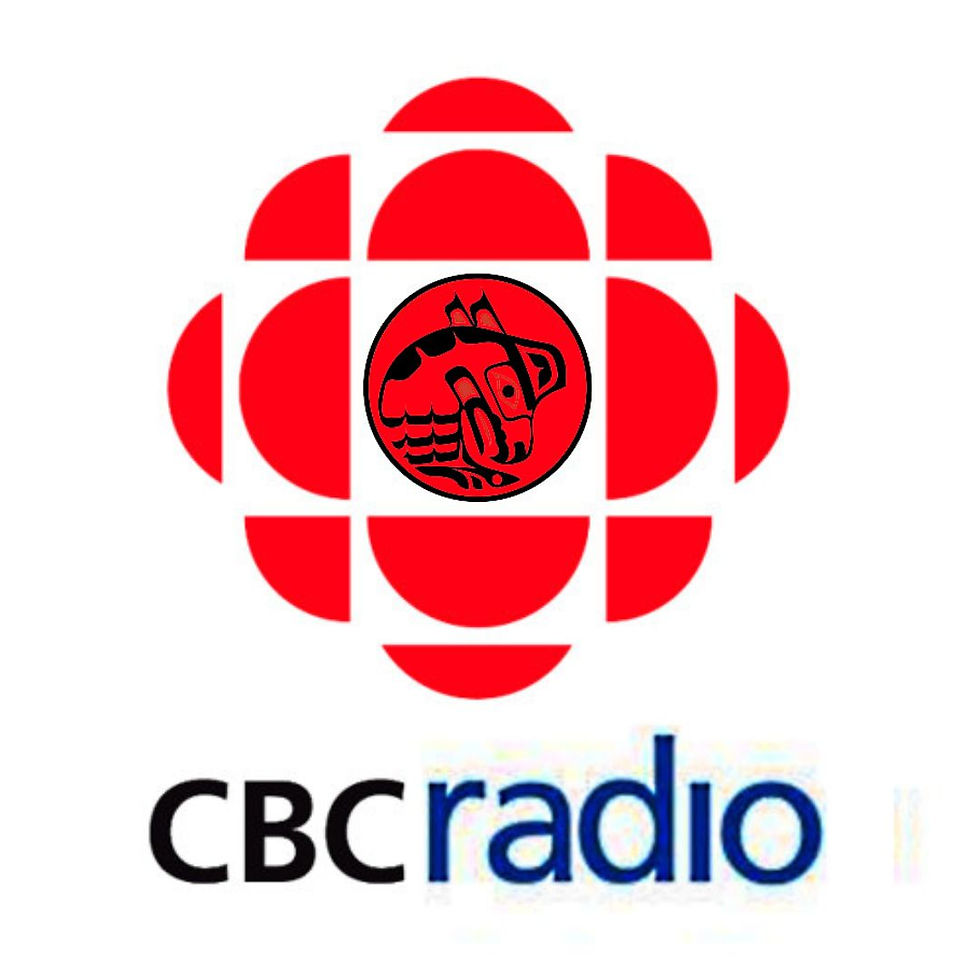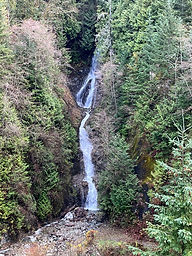Settler Education 101: Ch'ích'íyúy Elxwíkn
- kc dyer

- Jan 14, 2023
- 2 min read
Updated: Jul 1, 2023
This week the Starblanket Cree Nation announced that the jawbone found on the grounds of the Qu'appelle Residential School, near Labret, Saskatchewan last October has been identified as belonging to a child of between four and six years of age, who died approximately 125 years ago. This is yet another reminder of the horrifying injustices perpetuated on children at these government and church-sanctioned schools, and toward Indigenous peoples in general throughout Canadian history.
The Truth and Reconciliation Commission, first struck in 2008, presented Canadians in 2015 with a list of 94 recommendations to help address the dreadful legacy of resident schools. You can read the list HERE
Recommendation 63 calls for ministers of education throughout Canada to maintain an annual commitment to Aboriginal education issues.

As you will see in the footer of every issue of The Watershed, we are grateful to publish this work on the traditional and unceded territory of the Squamish Nation. And in the spirit of reconciliation, each month The Watershed will offer this column, titled 'Settler Ed 101'. This is an opportunity for non-Indigenous people to take responsibility for our own education, without always placing that additional burden on the backs of our Indigenous brothers and sisters.
This month, we're going to begin by taking a look at the traditional Sḵwx̱wú7mesh name for our village: Ch'ích'íyúy Elxwíkn. There is an excellent series outlining Squamish pronounciations that can be found HERE on YouTube, including a segment explaining the origins of Ch'ích'íyúy Elxwíkn HERE, and why this place was given such a beautiful, evocative name.
Readers, your homework for this month is to take a shot at learning to pronounce the traditional name for our village and through that, get a glimpse of the rich legacy of Ch'ích'íyúy Elxwíkn from the Sḵwx̱wú7mesh Nation.
Share your thoughts in the comment section below, or by writing a letter to: editor@lionsbaywatershed.ca








Comentarios